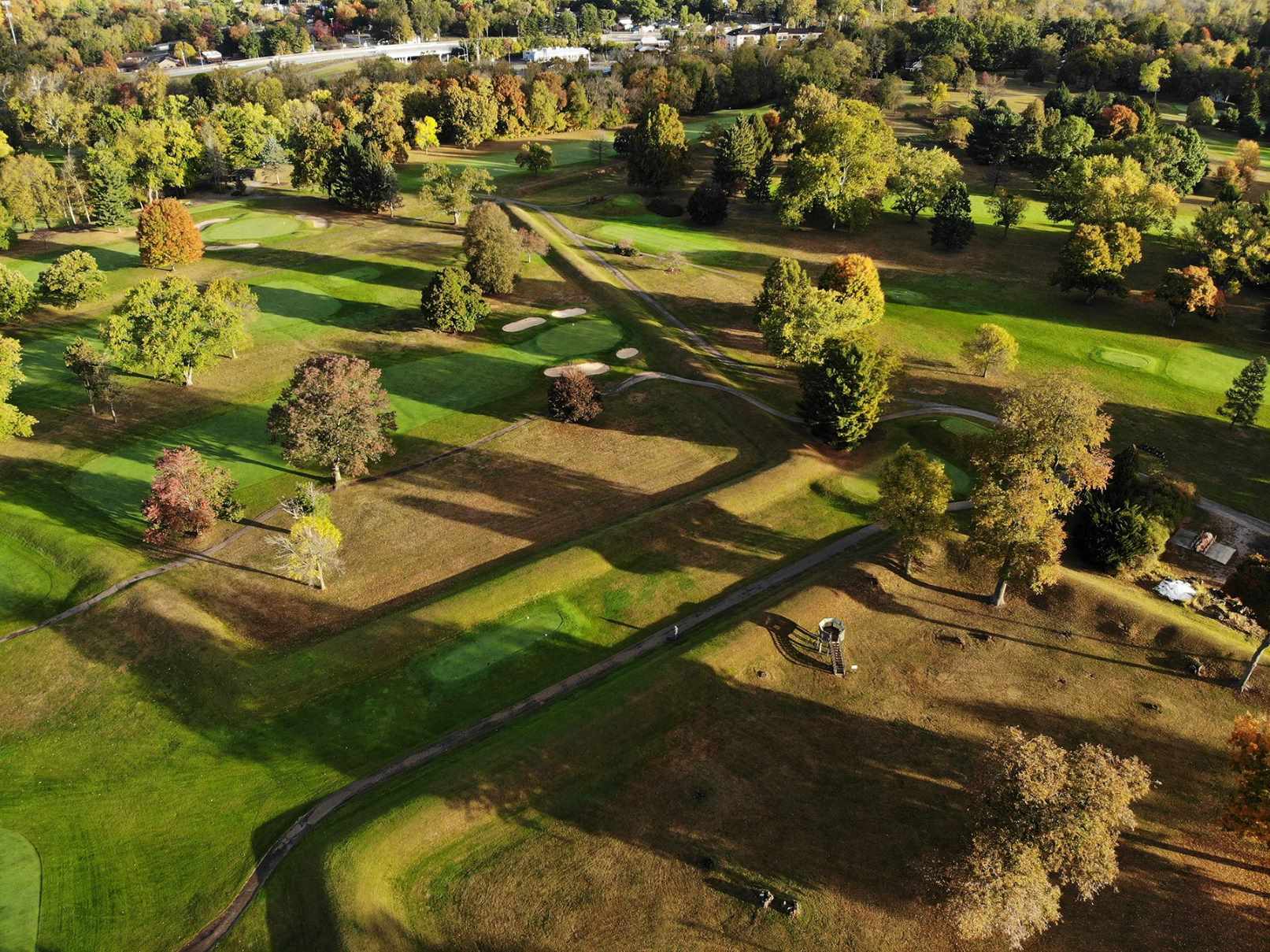Secrets Of The Ancients Hidden In Ohio’s Newark Earthworks

Ever wondered about the hidden gems in Ohio? The Newark Earthworks might just be the answer. These ancient mounds, built by the Hopewell culture over 2,000 years ago, are a marvel of engineering and astronomy. Spanning several miles, they include geometric shapes and intricate designs that align with celestial events. Visiting the Newark Earthworks offers a unique glimpse into the past, showcasing the ingenuity and spiritual life of the Hopewell people. Whether you're a history buff or just looking for an interesting day trip, this site promises to leave you in awe. Ready to uncover the mysteries of the Newark Earthworks? Let's dive in!
Discovering the Newark Earthworks
Ohio's Newark Earthworks are a marvel of ancient engineering. Built by the Hopewell culture between 100 B.C. and 500 A.D., these structures are some of the largest and most complex geometric earthworks in the world. Let's explore the secrets hidden within these ancient mounds.
The Great Circle Earthworks
The Great Circle Earthworks is one of the most impressive structures in the Newark complex. This massive circular enclosure spans over 1,200 feet in diameter and features a deep moat and high embankments.
- The Eagle Mound: Located within the Great Circle, this mound is shaped like an eagle and is believed to have been used for ceremonial purposes.
- The Observatory Mound: This mound offers a vantage point for observing celestial events, showcasing the Hopewell's advanced understanding of astronomy.
- The Gateway: The entrance to the Great Circle is aligned with the summer solstice sunrise, indicating its significance in Hopewell culture.
The Octagon Earthworks
The Octagon Earthworks is another fascinating part of the Newark complex. This structure consists of an octagonal enclosure connected to a circular one, forming a unique geometric pattern.
- The Observatory Circle: This circle is aligned with the lunar standstill, a rare astronomical event that occurs every 18.6 years.
- The Octagon Mound: Each side of the octagon is precisely aligned with specific lunar events, demonstrating the Hopewell's sophisticated knowledge of lunar cycles.
- The Connecting Pathways: These pathways link the Octagon and Observatory Circle, suggesting they were used for processions or rituals.
The Wright Earthworks
The Wright Earthworks, though partially destroyed by modern development, still offer a glimpse into the past. This rectangular enclosure once connected to the Great Circle and Octagon Earthworks, forming a vast ceremonial complex.
- The Rectangular Enclosure: This structure's precise dimensions and alignment with other earthworks highlight the Hopewell's architectural prowess.
- The Central Mound: Located at the heart of the Wright Earthworks, this mound likely served as a focal point for gatherings and ceremonies.
- The Connecting Ditches: These ditches once linked the Wright Earthworks to other parts of the Newark complex, indicating a well-planned and interconnected site.
The Hopewell Road
The Hopewell Road is a mysterious feature of the Newark Earthworks. This ancient pathway stretches for miles, connecting various earthworks and other significant sites.
- The Parallel Walls: These walls run alongside the Hopewell Road, guiding travelers and marking the route.
- The Road's Alignment: The road is aligned with the winter solstice sunset, suggesting it had astronomical and ceremonial importance.
- The Road's Purpose: While its exact purpose remains unknown, the Hopewell Road likely facilitated trade, communication, and cultural exchange among the Hopewell people.
The Cultural Significance
The Newark Earthworks are more than just impressive structures; they hold deep cultural and spiritual significance for the Hopewell people. Each mound, pathway, and enclosure tells a story of a society that valued astronomy, geometry, and community.
- The Ceremonial Sites: Many of the earthworks were used for ceremonies, rituals, and gatherings, reflecting the Hopewell's spiritual beliefs.
- The Astronomical Alignments: The precise alignments with celestial events demonstrate the Hopewell's advanced understanding of astronomy.
- The Artistic Expressions: The intricate designs and shapes of the earthworks reveal the Hopewell's artistic and creative talents.
The Preservation Efforts
Preserving the Newark Earthworks is crucial for understanding and appreciating the legacy of the Hopewell culture. Efforts are underway to protect and maintain these ancient structures for future generations.
- The National Historic Landmark: The Newark Earthworks are designated as a National Historic Landmark, recognizing their historical and cultural importance.
- The Visitor Center: The center offers educational programs and exhibits to help visitors learn about the Hopewell culture and the significance of the earthworks.
- The Ongoing Research: Archaeologists and historians continue to study the Newark Earthworks, uncovering new insights into the lives and achievements of the Hopewell people.
Discovering Ohio's Ancient Wonders
Ohio's Newark Earthworks offer a glimpse into the past. These ancient structures, built by the Hopewell culture, showcase impressive engineering and astronomical knowledge. Walking through these earthworks, you can feel the history and mystery that surrounds them.
Visiting the Newark Earthworks isn't just about seeing mounds of earth. It's about connecting with a culture that thrived over 2,000 years ago. The Great Circle, Octagon Earthworks, and Wright Earthworks each tell a story of a people who understood their environment deeply.
If you're ever in Ohio, make time to explore these ancient wonders. They are a testament to human ingenuity and the rich history of the region. The Newark Earthworks remind us of the incredible achievements of those who came before us.

